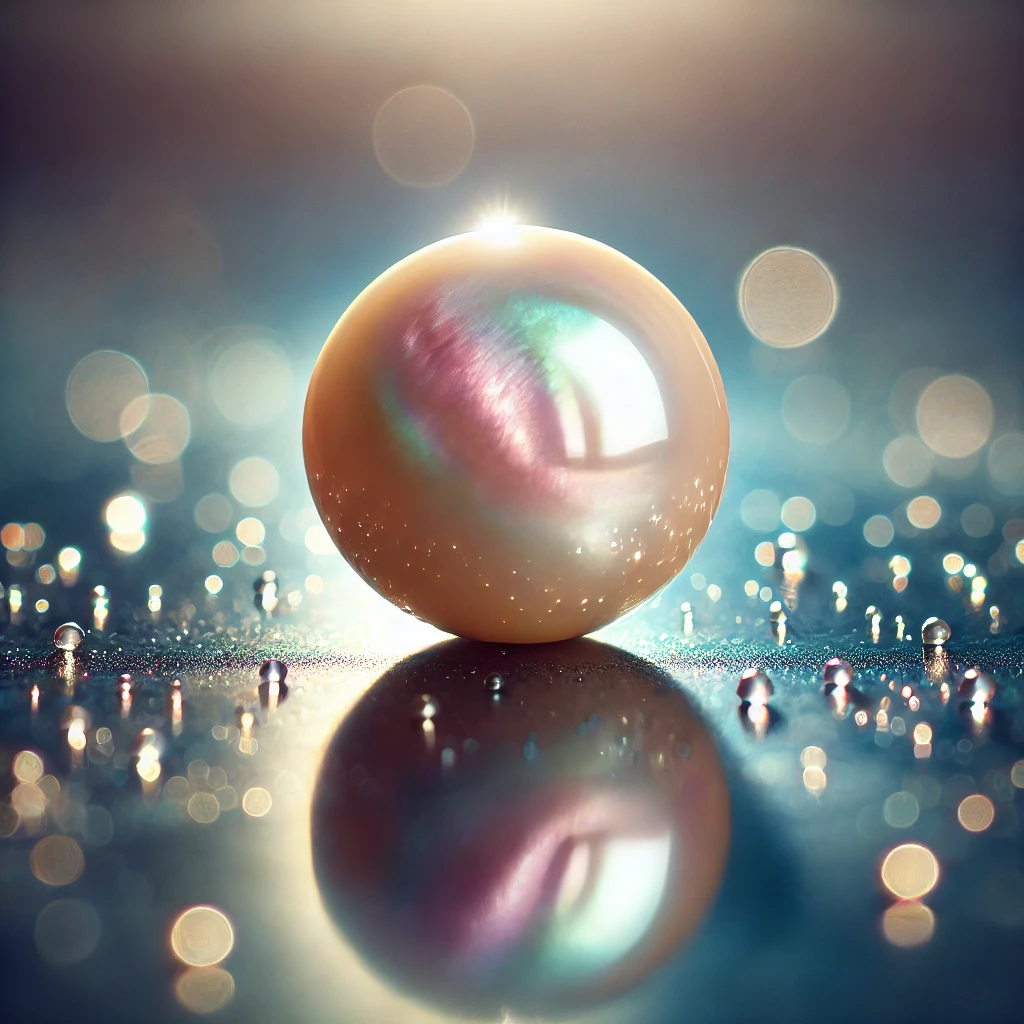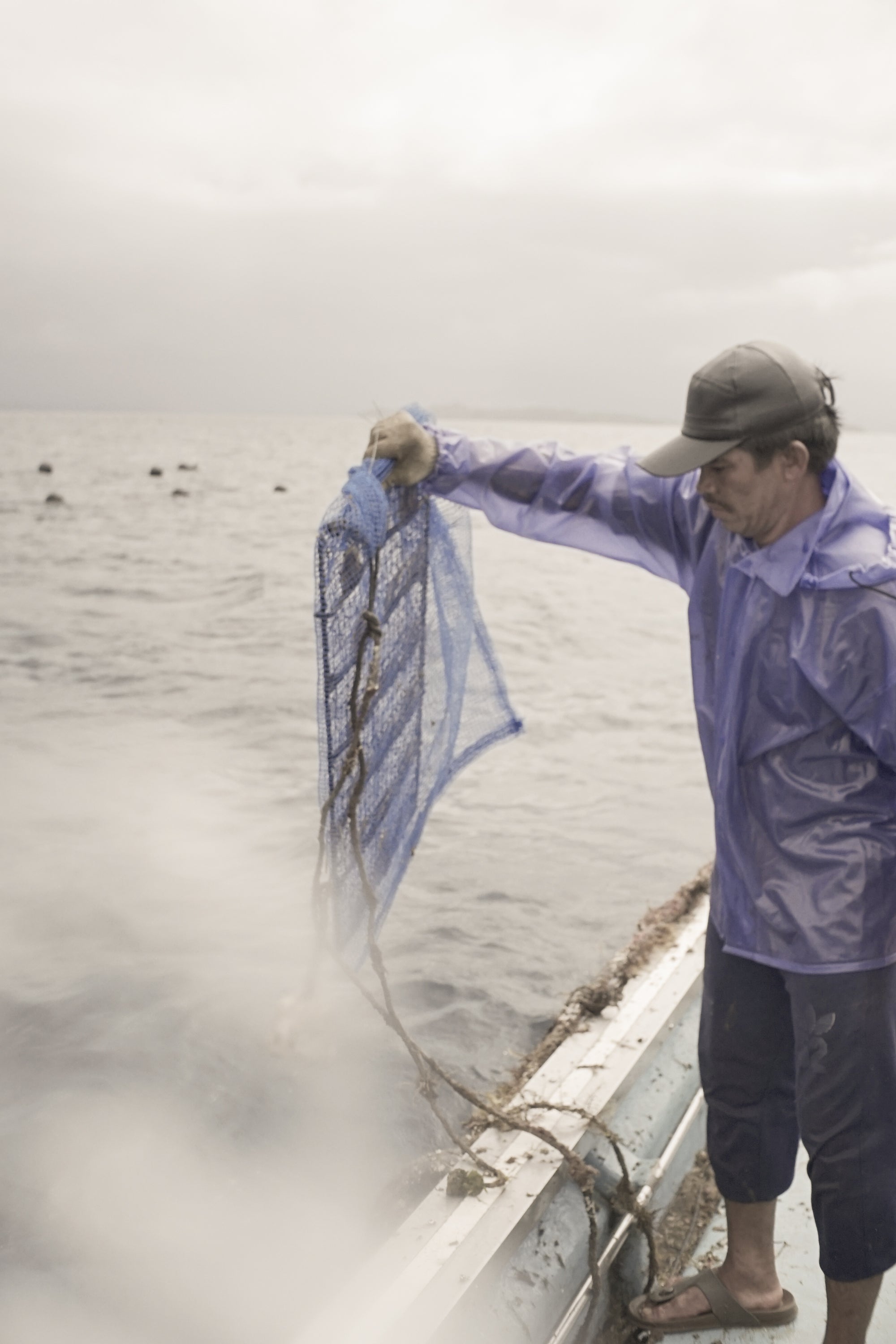South Sea pearls and freshwater pearls differ in several important aspects, including their origin, size, shape, color, and the process of their formation. Here are the main differences:
1. Origin
South Sea pearls. These pearls mainly come from oysters of the *Pinctada* genus, which are found in the warm waters of the South Pacific and Indian Oceans. The most famous regions are Australia, Indonesia and Tahiti.
Freshwater pearls. These pearls are grown in freshwater sources, usually in mussels of the genus *Hyriidae*, which are found in rivers, lakes and ponds, especially in China and Japan.
2nd size
South Sea pearls are generally larger and can reach diameters of 9 mm to over 20 mm. The average size is between 13 mm and 18 mm.
Freshwater pearls are usually smaller, ranging from 2 mm to 12 mm in diameter. However, they come in many shapes and can reach larger sizes, but not to the same extent as South Sea pearls.
3rd form
South Sea pearls are often round and have a uniform surface because the oysters are grown in a controlled environment. They have a particularly shiny, silky surface.
Freshwater pearls tend to be more irregular in shape. They often come in different shapes such as round, baroque (irregular), teardrop or cylindrical.
4th color
South Sea pearls. They are characterized by a natural variety of colors, ranging from silver, white and cream to golden, pink and even greenish tones. The golden South Sea pearls are particularly highly valued.
Freshwater pearls. These pearls come in a wide range of colors including white, pink, peach, lavender and even shades of lavender to blue or purple. They are less lustrous and usually have a softer sheen compared to South Sea pearls.
5. Mother of pearl and thickness of the pearl layer
South Sea pearls: The stratum corneum (the layer that surrounds the pearl) is often thick and offers an intense, shiny sheen. This contributes to their valuable and long-lasting appearance.
Freshwater pearls: also have a thick layer of pearls, but this layer tends not to be as thick as that of South Sea pearls. This means that freshwater pearls often have a less intense shine.
6th prize
South Sea pearls: They are more expensive than freshwater pearls due to their size, rarity and complex cultivation processes. The price can vary greatly, but they are one of the most expensive types of pearls.
Freshwater pearls: These are generally cheaper because they are grown in larger quantities and under less demanding conditions.
7. Breeding process
South Sea Pearls: Cultivating South Sea pearls is a long and complicated process because they only grow in certain species of oysters and take several years to mature (typically 2 to 4 years). During the cultivation process, a foreign body (nucleus) is inserted into the oyster, which forms the pearl.
Freshwater pearls: The cultivation process for freshwater pearls is also complex, but not quite as lengthy as that of South Sea pearls. In addition, a mussel in freshwater cultivation can produce several pearls at the same time, which enables cultivation production on a large scale.
In summary, South Sea pearls are more expensive and exclusive due to their larger size, unique color range and long cultivation time, while freshwater pearls are generally less expensive. Both types of pearls have their own advantages, depending on the buyer's preferences and budget.



